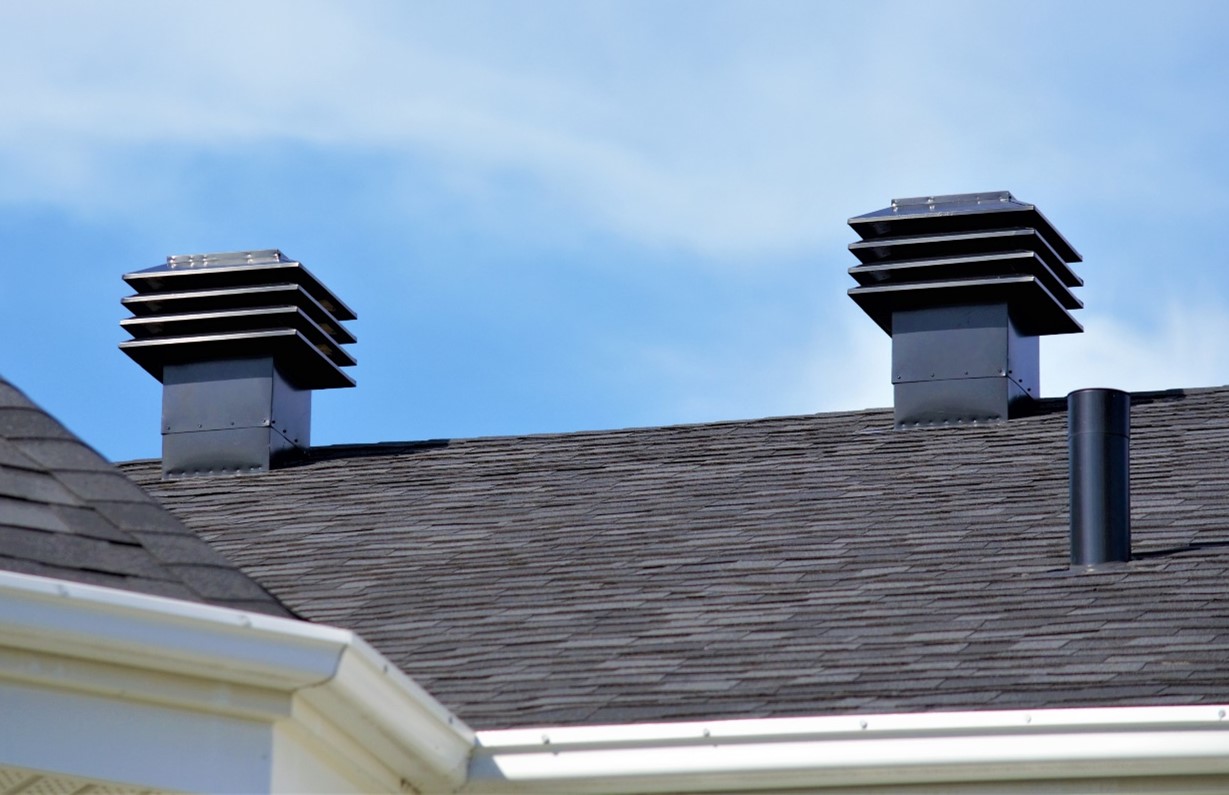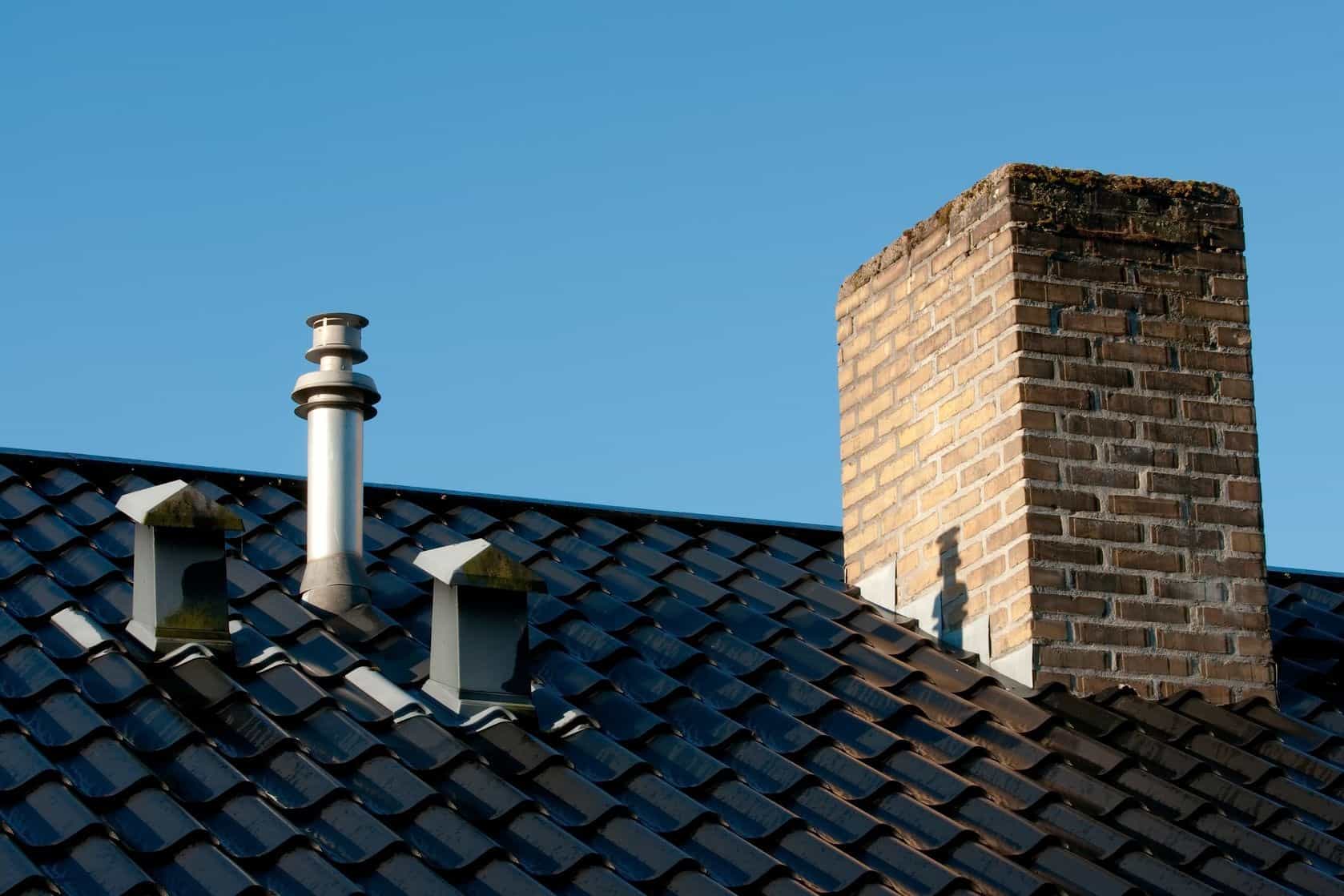The Value of Ventilation in Your Home's Plumbing Systems
The Value of Ventilation in Your Home's Plumbing Systems
Blog Article
Any individual has got their private way of thinking with regards to The Upsides of Proper Ventilation in Plumbing Design.

Correct air flow in plumbing systems is usually forgotten, yet it is crucial for keeping the performance and safety of your home's plumbing. Air flow helps manage atmospheric pressure, protect against the build-up of damaging gases, and ensure the reliable elimination of waste. In this guide, we will certainly check out the relevance of appropriate plumbing air flow, just how it works, and the benefits it gives your pipes system.
How Air Flow Functions in Pipes Systems
Air Pressure Guideline
Appropriate air flow preserves well balanced atmospheric pressure within the pipes system. When water streams via pipes, it displaces air. Without sufficient air flow, this displacement can create negative pressure, leading to slow down drains or siphoning of water from traps, which can trigger undesirable smells to permeate into the home.
Stopping Sewage System Gas Accumulation
One of one of the most critical functions of pipes vents is to avoid sewage system gases, such as methane and hydrogen sulfide, from building up within the home. These gases can pose major wellness threats and are extremely combustible. Vent pipelines allow these gases to run away safely outdoors.
Assisting in Waste Elimination
Ventilation helps in the reliable elimination of wastewater by protecting against airlocks in the water drainage system. When air can stream openly with the vents, it enables water and waste to stream smoothly through the pipelines, lowering the danger of clogs and back-ups.
Benefits of Correct Ventilation
Enhanced System Performance
Effectively ventilated pipes systems run a lot more effectively, with fewer obstructions, faster draining, and much less stress on the pipes. This effectiveness extends the life expectancy of the plumbing system.
Improved Air High Quality
By preventing drain gases from entering your home, proper ventilation adds to far better indoor air quality, making your living environment healthier and a lot more comfortable.
Stopping Water Damages
Adequate air flow assists stop water from being siphoned out of catches, which can cause sewage system gases getting in the home and creating water damages over time.
Steps to Make Sure Appropriate Ventilation
Consulting Plumbing Codes
Always seek advice from neighborhood pipes codes when creating or customizing your plumbing system. These codes provide the essential standards for appropriate venting and guarantee your system fulfills security requirements.
Regular Inspection and Upkeep
Normal inspections can help identify possible ventilation problems prior to they end up being significant problems. Upkeep jobs, such as cleaning air vent pipelines and looking for clogs, are important for maintaining the system in good working order.
Specialist Installation
For new installments or major adjustments, it's smart to employ an expert plumbing. They have the knowledge to ensure the ventilation system is properly made and installed according to code.
Understanding Air Flow in Pipes
Air flow in pipes refers to the network of pipes that permit air to move via the drain system. These vents serve multiple objectives, consisting of managing atmospheric pressure within the pipelines, stopping sewer gases from getting in the home, and helping in the smooth flow of wastewater.
Sorts Of Plumbing Vents
Key Stack Vent
The major stack air vent, likewise known as the vent pile, is the primary air vent in a pipes system. It prolongs from the main drainpipe align with the roof covering, permitting gases to run away and fresh air to get in the system.
Branch Vent
Branch vents attach to the main pile vent and offer private components, such as sinks, bathrooms, and showers. These vents make sure that each component has ample air flow to operate properly.
Air Admission Shutoff (AAV).
An Air Admittance Valve (AAV) is a one-way valve that allows air to enter the plumbing system without the requirement for a typical air vent pipeline prolonging with the roofing system. AAVs are typically used in remodellings or areas where mounting a standard air vent is not practical.
Indications of Poor Ventilation in Pipes.
Slow Draining Fixtures.
If your sinks, tubs, or toilets are draining pipes slowly, maybe an indicator of bad ventilation. Poor air flow can create a vacuum cleaner impact, making it tough for water to drain pipes effectively.
Gurgling Sounds.
Gurgling sounds coming from drains are typically an outcome of air being drawn through water traps because of adverse pressure in the pipelines. This is a clear indicator of not enough ventilation.
Undesirable Odors.
Drain smells inside your home are a warning that your pipes system is not correctly ventilated. This can mean that sewage system gases are not being sufficiently aired vent outside, bring about possibly hazardous conditions.
Common Ventilation Blunders.
Inadequate Vent Sizing.
Utilizing small vent pipelines can lead to poor air circulation and stress imbalances in the system. It's important to utilize vents that meet the specific requirements of your plumbing system.
Improper Vent Placement.
Putting vents as well much from the components they offer can lower their performance. Proper placement guarantees that air can flow freely and effectively through the system.
Disregarding Code Requirements.
Building regulations give particular standards for plumbing ventilation. Overlooking these codes can result in a system that stops working to work appropriately and may bring about pricey repair work or health hazards.
Conclusion.
Proper ventilation is an important part of any plumbing system, guaranteeing that it operates efficiently and securely. By recognizing the significance of air flow, identifying the indicators of inadequate ventilation, and taking steps to maintain your system, you can prevent pricey problems and safeguard your home's air high quality.
4 Things You Should Know About Your Plumbing Vents
What Plumbing Vents Are
Also called a vent stack, a plumbing vent is a vertical pipe attached to your drain line that runs through your roof. The plumbing vent pipe, or plumbing air vent, removes gas and odors from your plumbing system and allows fresh air to enter the pipes, helping the water to flow out of the drain pipes.
What Plumbing Vents Do
Plumbing vents have two basic functions. One of which is to allow unpleasant smelling wastewater and sewer gasses to escape your plumbing system instead of entering your home. Plumbing vent pipes are typically located on roofs, away from windows, to ensure the fumes exit the home completely.
The other function of the plumbing vent is to move fresh air into your plumbing system. This helps move water through every plumbing fixture in your house, like toilets and sink drains. Think of the way in which you need to let a little air into the bottle as you pour soda in order to make the drink flow smoothly.
Different Types of Plumbing Vents
True vent: This is the most common vent option. In simplest terms, a true vent is a vertical pipe attached to your drain line that exits through the roof. They often function as the main vent that other fixtures can connect to. Re-vent pipe or auxiliary vent: Attached to the drain line near specific plumbing fixtures, re-vent pipes run up and over to connect to the main vent. Common vent: Two plumbing fixtures installed on opposite sides of a wall are typically tied into the vent stack using something known as a sanitary cross. Wet vent: This venting option operates as a drain pipe and a vent at the same time. Wet vent drainage systems drain water from one fixture while venting the air from another. Although they’ve been used for over 100 years, wet vent systems have only recently been added to the plumbing code in many areas. If you’re planning on installing one in a bathroom remodel, make sure you check your local code prior to construction. Loop vent: For free-standing fixtures like kitchen island sinks, loop vents are ideal. These vent pipes run under the floor, rise from the P-trap, and create a loop inside the cabinet sink. Air admittance valve: An AAV is a one-way mechanical valve typically installed at the site of the plumbing fixture. AAVs allow venting to occur without having to tie into a larger venting system. They’re ideal for venting fixtures where you aren’t able to easily connect to an existing vent system. Common Plumbing Vent Issues
Although vent pipes typically don’t have water flowing through them, they’re still subject to many typical plumbing issues. For example, clogs are one of the most common problems associated with sewer vent pipes. If your vent pipe gets clogged, all of your plumbing fixtures tied into the vent stack will be affected.
A sink with a slow drain that bubbles and gurgles or a strong sewage smell around your toilet are both indicators that your toilet vent pipe is clogged. Because most vent pipes exit through the roof, old leaves, twigs or even a bird’s nest could be clogging the pipe.
Clogs in your vent pipe system cause a buildup of negative pressure, meaning that water won’t be able to flow out of your home very well. It’s similar to putting your finger over the opening of a straw to trap water inside. When you remove your finger, the water is able to flow out of the straw.
If you suspect you have any blockage in your vent, make sure you have a professional come examine the situation. Left unchecked, a blocked air vent can lead to other costly repairs, like leaks and sediment buildup.
Under Pressure
Pipe vents are essential aspects of a home’s plumbing system. Owning a home means learning about all sorts of things you never put much thought into before. But by understanding as much as you can about the important systems of your home, you can keep those budgets intact and those anxiety levels low.
https://www.homeserve.com/en-us/blog/home-improvement/plumbing-vents/

I was shown that write-up on Essential Plumbing Vent Pipes: Understanding Their Role through an associate on our other web page. So long as you appreciated our article if you please be sure to pass it around. Many thanks for taking the time to read it.
Call Today Report this page